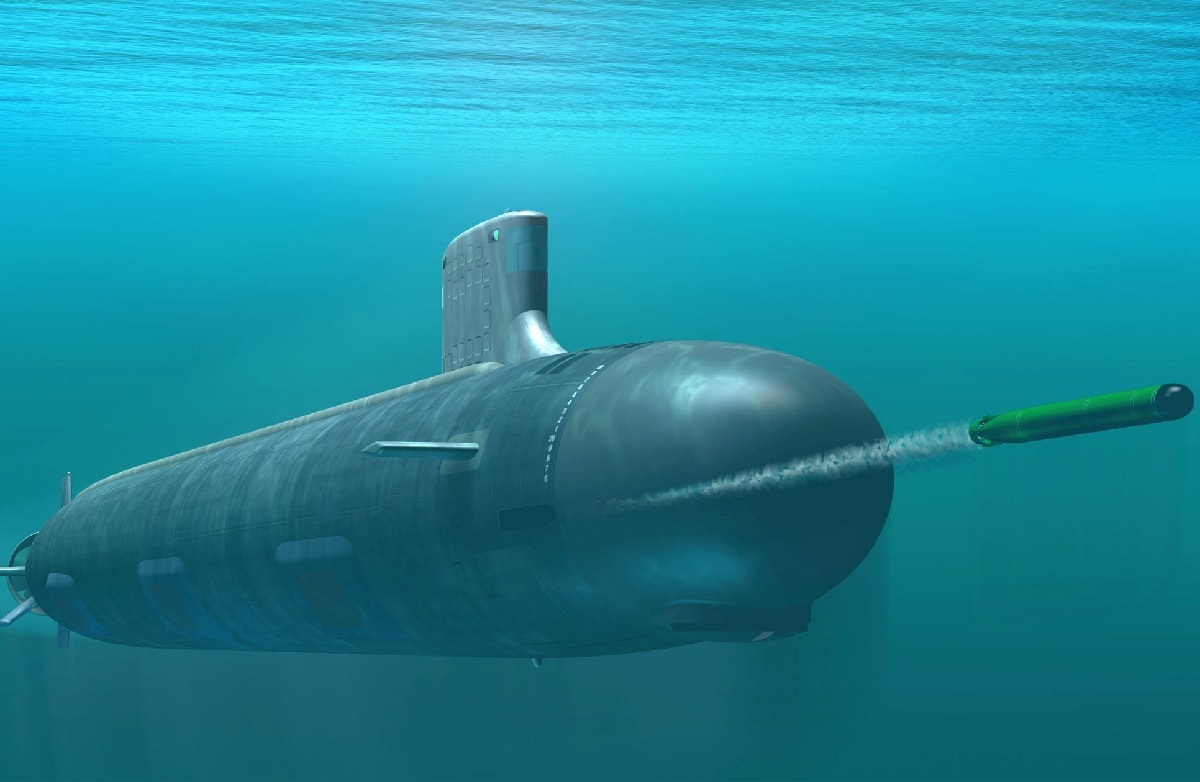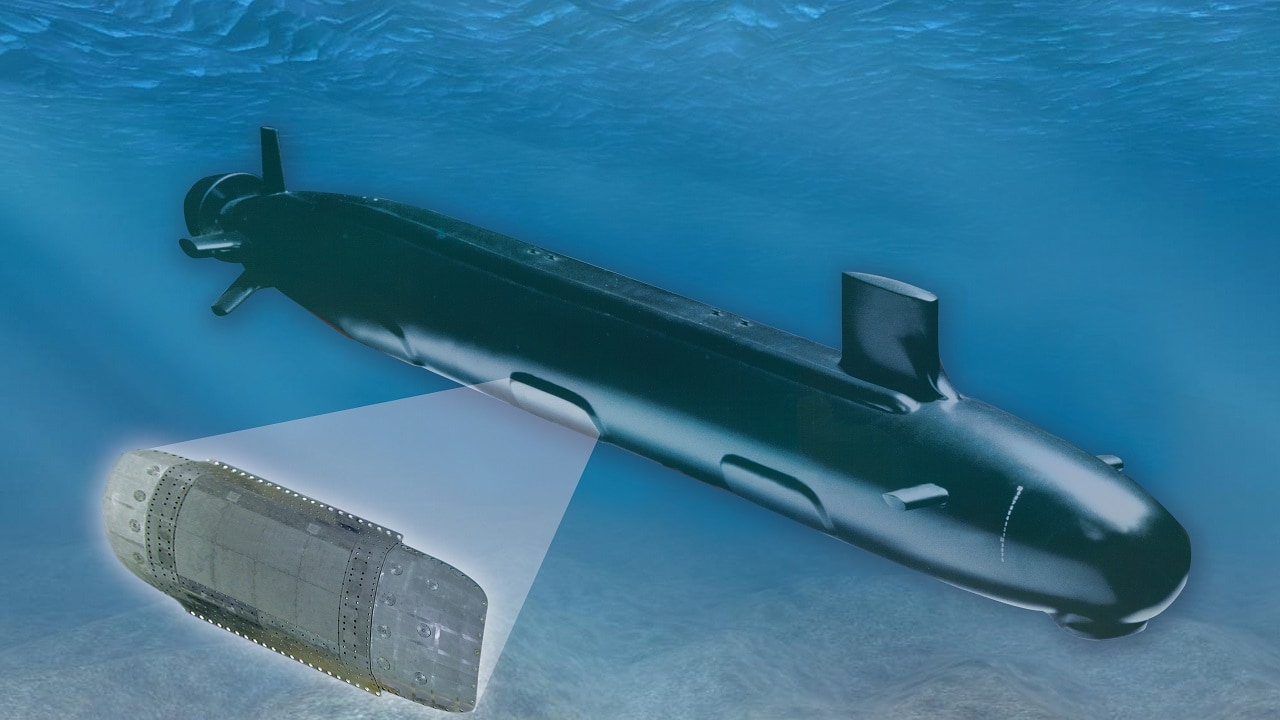The Virginia-Class Block III Submarines, Explained – Designed for use in both the open-ocean and for littoral missions, which include anti-submarine warfare (ASW) and intelligence gathering operations, the U.S. Navy’s Virginia-class was developed to replace the more expensive Seawolf-class while still providing a capable boat to address nautical threats from near-peer adversaries in the 21st century.
The class of fast-attack submarines has been steadily improved and incorporates the latest stealth, intelligence gathering, and weapons systems technology. The numerous innovations have also significantly improved their warfighting capabilities – with an emphasis on littoral (close-to-shore) operations.
Since entering service in 2004, the Virginia-class subs have been able to support five of the U.S. Navy’s six maritime strategy core capabilities including sea control, power projection, forward presence, maritime security and deterrence. It is able to do this by providing a combination of stealth, endurance, mobility, and firepower. The SSNs have a fly-by-wire ship control system that also provides improved shallow-water ship handling, while subs were also designed to deploy special operator forces including Navy SEALS. A reconfigurable torpedo room can accommodate a large number of SOF and all their equipment for prolonged deployments and future off-board payloads.
The Block III Improvements
Eight submarines – SSN-784 to SSN-791 – make up the Third Block or “Flight.” About 20 percent of the Block III was redesigned to lower acquisition costs and increase flexibility.
These “Block III” Virginia-class boats feature technology from the Ohio-class SSGNs, notably the replacement of 12 vertical launch tubes for Tomahawk Land Attack Missiles (TLAMs) with two larger 87-inch diameter tubes that are able to fire larger payloads, each housing six TLAMs.
The other significant improvement with the Block III Virginia-class subs was with its air-backed sonar sphere to a water-backed Large Aperture Bow (LAB) array, which replaced the spherical main sonar array that had been used on all U.S. Navy SSNs since 1960. It was further meant to help reduce life-cycle costs while providing enhanced passive detection capabilities. The LAB Array features two primary components: a passive array, which was meant to provide improved performance, and a medium-frequency active array.
In addition, the Block III boats also were designed to utilize transducers from the SSN-21 Seawolf-class that were developed to last the life of the hull.
The first submarine of the Block III, USS North Dakota (SSN-784) was laid down in May 2012, and commissioned in October 2014; while the final boat, USS Delaware (SSN-791) was commissioned administratively in April 2020 – and due to the Covid-19 pandemic became the first-ever U.S. warship commissioned while underwater. SSN-791 finally had an official commissioning ceremony on April 2, 2022, at the Port of Wilmington, Delaware.

(May 21, 2003) — This conceptual drawing shows the new Virginia-class attack submarine now under construction at General Dynamics Electric Boat in Groton, Conn., and Northrop Grumman Newport News Shipbuilding in Newport News, Va. The first ship of this class, USS Virginia (SSN 774) is scheduled to be delivered to the U.S. Navy in 2004. U.S. D.O.D. graphic by Ron Stern. (RELEASED)
Each Virginia-class submarine has a 33-year service life, which means the current Block III boats could be in service well into the 2040s and beyond.
Now a Senior Editor for 1945, Peter Suciu is a Michigan-based writer who has contributed to more than four dozen magazines, newspapers and websites. He regularly writes about military hardware, and is the author of several books on military headgear including A Gallery of Military Headdress, which is available on Amazon.com. Peter is also a Contributing Writer for Forbes.

